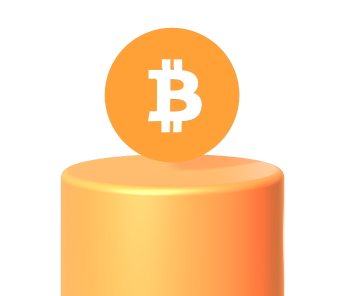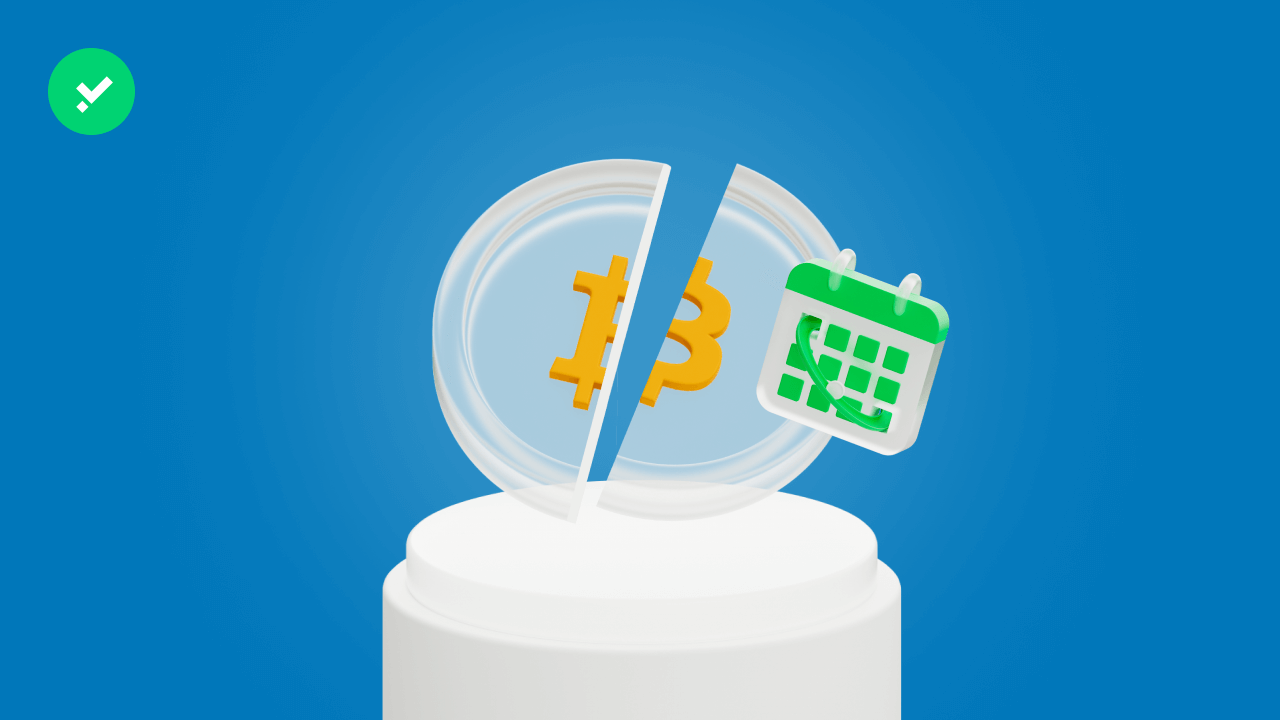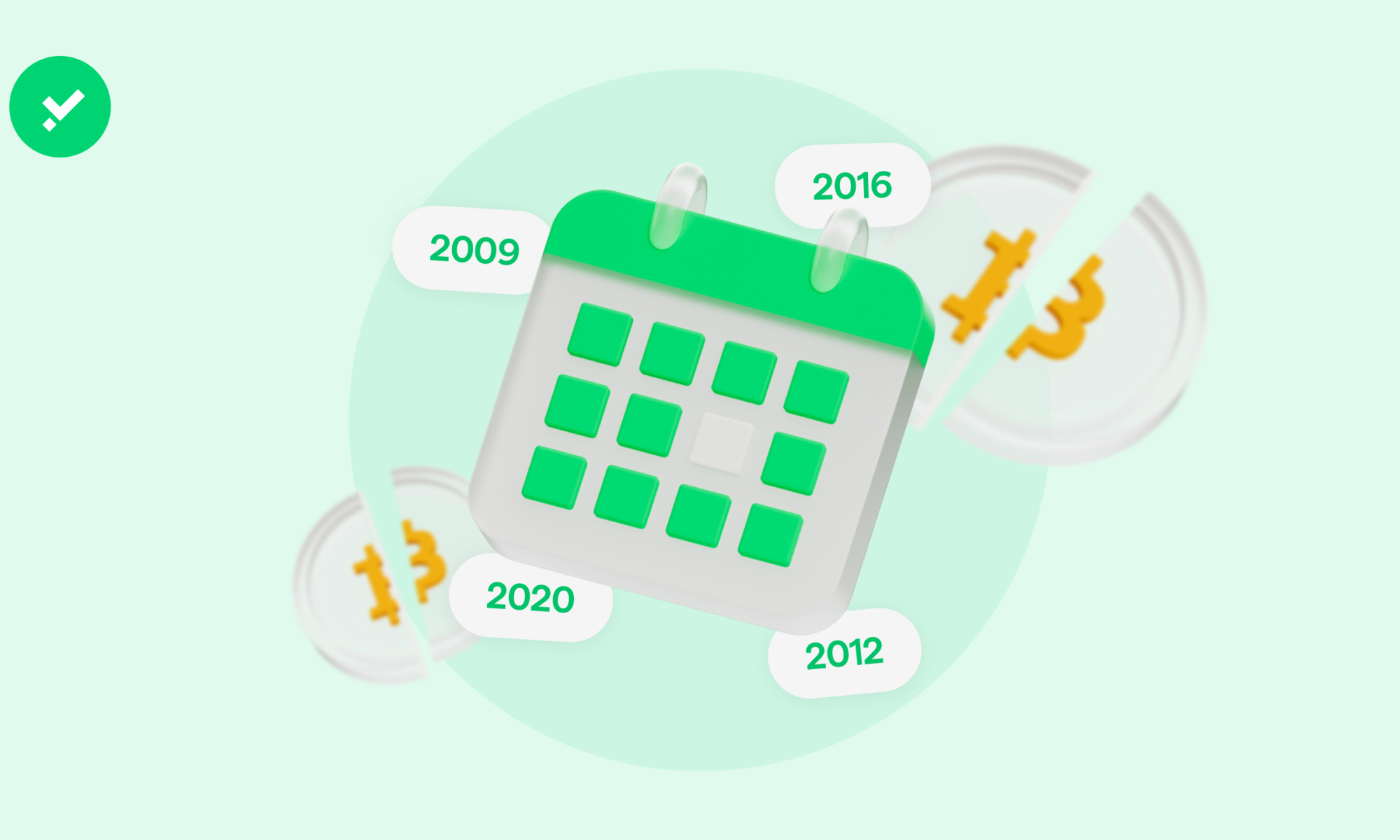Bitcoin’s halving was successful. What to do? Historical data predicts rises in the months following the event, so why set up a recurring buy now?
What should we do now that Bitcoin’s halving has happened? After the rewards for miners have halved, many wonder what will happen to cryptocurrency’s price.
Historically, this event has established a market cycle that seems to repeat itself at similar intervals. Where do we stand now? Could the recent cryptocurrency retracement be an opportunity to buy Bitcoin at a lower price?
Halving Bitcoin, what to do: analysis of the BTC price in 2024
For the price of Bitcoin, 2024 has been an interesting year. At the beginning of the year, BTC was in the $40,000 price range, while today, it orbits around $56,000 after the crypto recorded a new all-time high at $73,000 in March. Just comparing historical data might be the right way to get an idea of its future price targets.
In the days following the 2020 halving, which occurred on 11 May of that year, Bitcoin’s price was in the $8,000 zone. In January 2021, it broke to its current all-time high at $20,000, while less than 12 months after the event, it recorded a new one at $64,000.
The main difference from that market cycle concerns the new all-time high. Bitcoin recorded a new all-time high about a month before the important event.
If you have been with us in the crypto market for a few years, you may remember that BTC rose in a similar move during the bear market of 2018-2019. At that time, the rise was 100%, but then it quickly subsided. Due to the market shake-up over the last few weeks, we are again below the ATH, but given Bitcoin’s performance during 2024, we might reach it again soon!
Check the price of Bitcoin now!
How long until the next upturn?
Looking at Bitcoin’s past bear market performance, we can see that after the bottom, the crypto took some time to recover. Indeed, it has been “water under the bridge” since November 2022, the month in which Bitcoin hit the low point at $15,000. Should it move as it has in the past, that area of the chart will never be reached again.
Still referring to past movements, buying Bitcoin regularly over the next few months could bring great satisfaction. Indeed, one could put the crypto aside at bargain prices, waiting for the explosion that usually occurs a few months after halving.
Of course, one cannot look at the past to predict the future, but knowing historical data is indispensable for making decisions.
What to do? Focus on recurring purchase
What could stimulate the price rise? In the past, Bitcoin’s halving has jump-started crypto. In fact, the halving of rewards has always been the starting point of a new bullish cycle.
Contrary to what one might think, these price movements and the consequent reaching of new all-time highs never occur suddenly. Above all, the initial phases are usually very slow and gradual and become more explosive after new highs are reached.
It must also be said that the experts’ forecasts for BTC at the end of 2024 are decidedly optimistic: according to Standard Chartered analyst Geoff Kendrick, the price of Bitcoin, after halving, will easily touch $100,000. For TechDev, the outlook is at $160,000.
Setting up a recurring purchase in pre-halving Bitcoin only takes a few minutes. Go to the Piggy Bank section of the Young Platform app, choose the amount and frequency you want and start saving your cryptos by taking advantage of the bear market!
Discover the Moneybox
*The information in this article is for educational purposes and is not an incentive to invest. It is based on historical and objective Bitcoin market data, and the charts do not represent future predictions. The performance of any cryptocurrency portfolio is always subject to market conditions and volatility.





